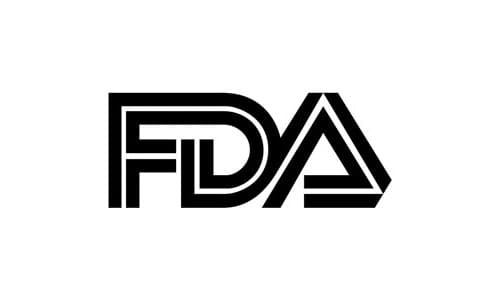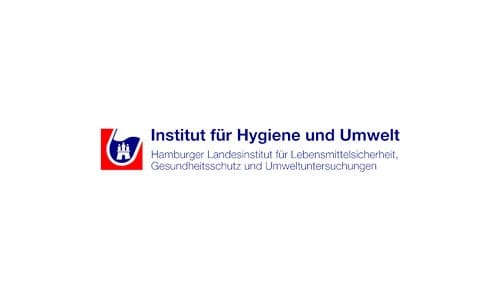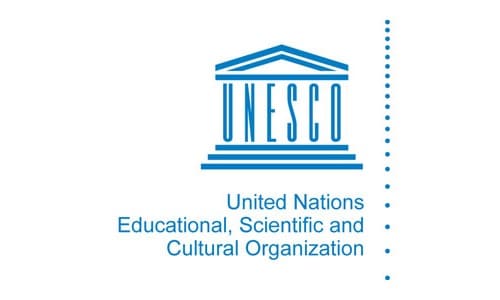FDA-HOCl
- Home
- FDA-HOCl

FDA Food Contact Notice – FCN 1811
FDA Source: Click Here
Guide to Minimizing Microbial Food Safety Hazards
FDA Source: Click Here
The FDA recognized the antimicrobial activity of hypochlorous acid in its Guide to Minimizing Microbial Food Safety Hazards of Fresh-Cut Fruits and Vegetables, published in February 2008. When used properly with sufficient quality. water, antimicrobial chemicals help minimize the potential for microbial contamination of process water and subsequent cross-contamination of the product. The effectiveness of an antimicrobial agent and the amount that should be used depends on treatment conditions such as water temperature, acidity [pH], water hardness, contact time, product output amount and rate, and product type. water/product ratio, amount of organic matter, and resistance of pathogens to the particular antimicrobial agent. For example, the antimicrobial activity of a chlorine-based disinfectant depends on the amount of hypochlorous acid (also called “free chlorine”) present in the water. The amount of hypochlorous acid in water depends on the pH of the water, the amount of organic matter in the water, and to some extent the temperature of the water. If the amount of hypochlorous acid is not maintained when the amount of organic matter increases, the antimicrobial agent may lose its effectiveness in protecting water quality. If a fresh-cut processor uses a chlorine-containing compound as a disinfectant, we recommend that the processor monitor the processing water for free chlorine or hypochlorous acid concentrations. As another example, measurement of the Oxidation-Reduction Potential (ORP) is used as an indicator of the activity of any antimicrobial agent that is an oxidizer and as a measure of the effectiveness of the substance during processing. Variables that affect antimicrobial activity during processing directly affect the ORP value and can also be used to determine the effectiveness of these oxidants, such as hypoorous acid, hypobromous acid, chlorine dioxide, ozone, and peroxides. We recommend that fresh-cut processors consider options to maintain optimal water quality for their operations. Producers should contact a local agricultural extension agent, chemical supplier, or a local agricultural extension agent for help deciding which water treatment chemicals to use. may wish to contact a food safety consultant. Additionally, processors can refer to 21 CFR 173.315, “Chemicals used to assist in washing or peeling fruits and vegetables,” for additional information on chemicals approved for use in wash water.
Control of Microbial Hazards in Fresh and Freshly Cut Products
FDA Source: Click Here
Liquid chlorine and hypochlorites are generally used in the concentration range of 50 to 200 ppm with a contact time of 1 to 2 minutes to sterilize product surfaces and processing equipment. Higher concentrations have been investigated for use in seeds for sprout production. Hypochlorous acid (HOCl) is the form of free chlorine that has the highest bactericidal activity against a wide range of microorganisms. In aqueous solutions, the balance between hypochlorous acid (HOCl) and hypochlorite ion (OCl-) depends on pH, and as pH decreases, HOCl concentration increases.
Should the FDA approve GRAS substances?
No. If a foodstuff is GRAS for use, it is not subject to the FDA’s premarketing review and approval requirement.
Рекомендуемые продукты

Системы безразборной мойки (CIP)
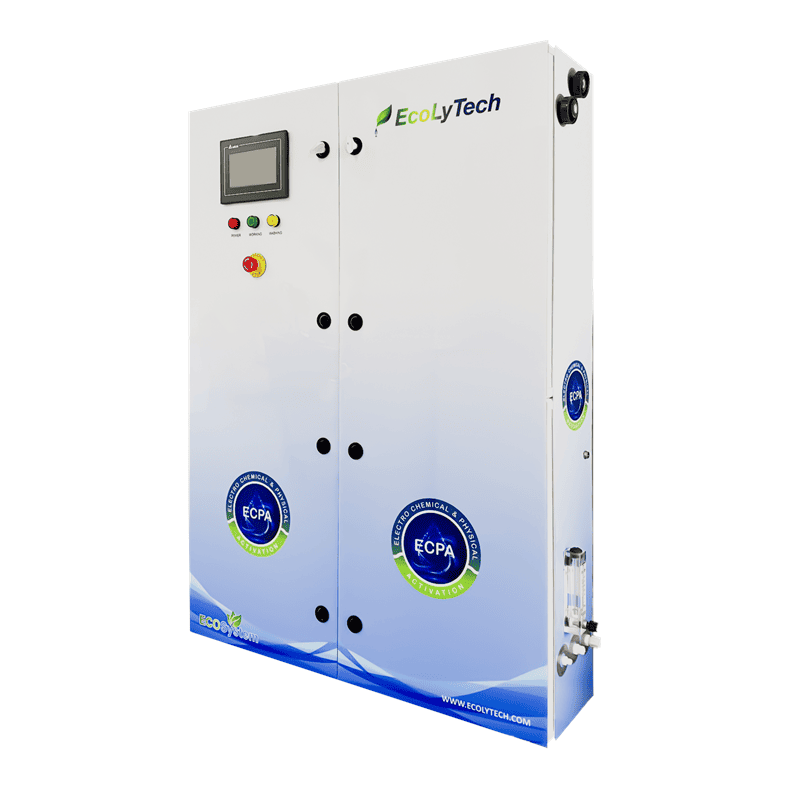
HOCl - Промышленные предприятия
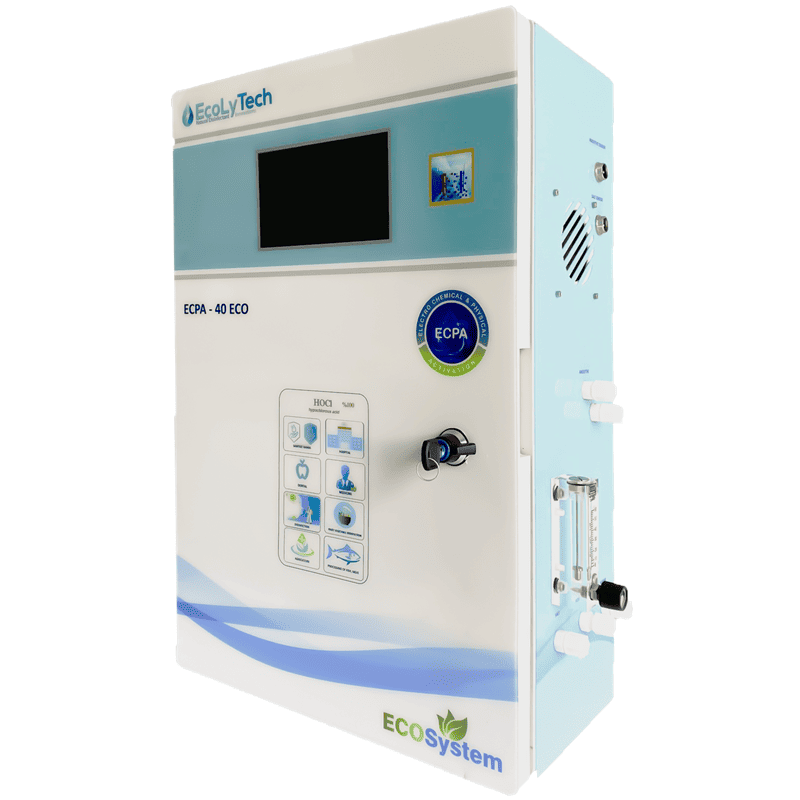
ECPA-HOCl-Модели пищевой обработки





